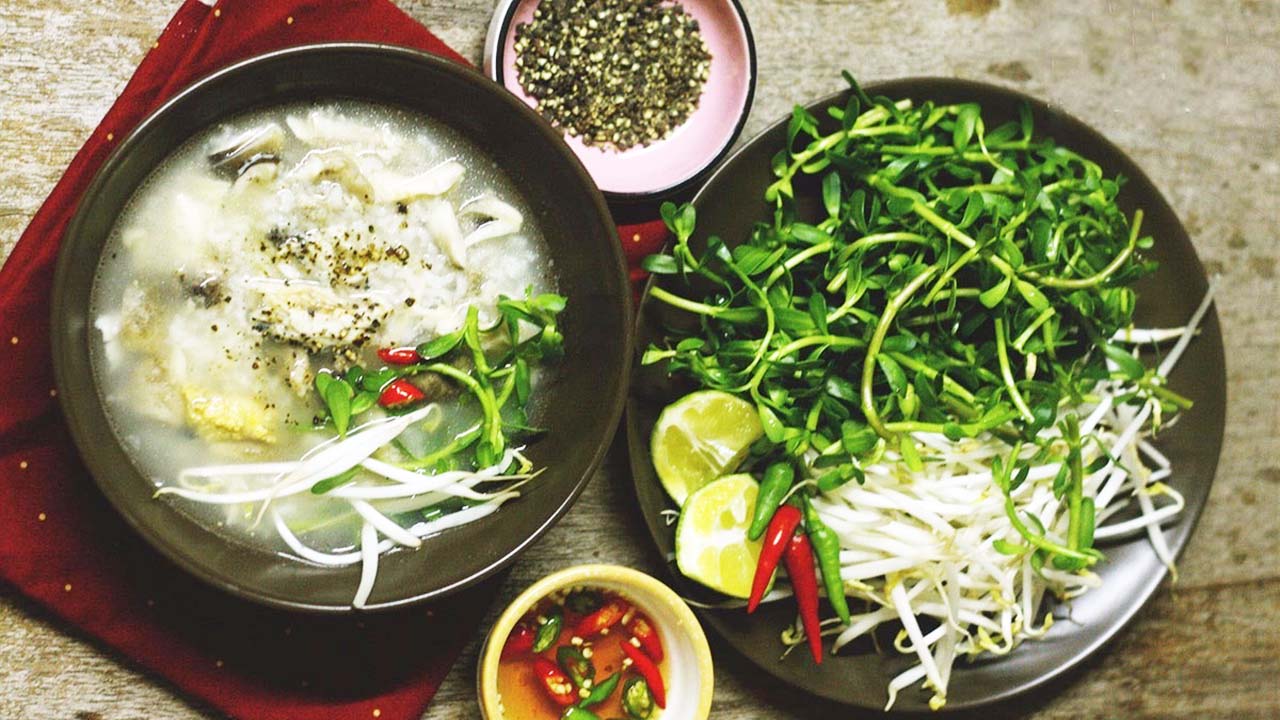
Source: Collected internet.
The North and North Central regions have a humid subtropical climate with 4 seasons: Spring, Summer, Autumn, and Winter. The Central and South Central regions have a tropical monsoon climate, the extreme South Central and Southern regions have tropical savanna characteristics. At the same time, it is directly influenced by the trade monsoon climate, which often blows in low latitudes. The South often has a tropical savanna climate, hot and humid with two seasons: dry season and rainy season (from April-May to October-November). Every year, the cold and humid winter typical of the North contrasts with the warm atmosphere of Tet and spring in the South.
Festivals are one of the special features in Vietnamese culture. The diversity of ethnic religions makes Vietnam one of the countries with many festivals. Festivals are held to commemorate cultural events. Community spirit is the essence of every festival. There are two parts to festivals: ceremony and festival. The ceremony is to express respect for divinity and people's dreams of health, wealth, luck and happiness for themselves and their loved ones. Festivals are unique features of culture, community, religion, etc. The two biggest traditional festivals are Lunar New Year and Hung King's Death Anniversary. During Lunar New Year, each region has other festivals to celebrate such as Lim Festival in Bac Ninh province, Giong Festival in Soc Son, Perfume Pagoda Festival in Hanoi. Hung King's death anniversary is held every year from the 8th to the 11th of the third lunar month. It is organized so that everyone remembers their roots. With many landscapes recognized by UNESCO as world natural heritage and a wealth of unique regional cultural spaces, Vietnam is a legendary land and also a storehouse of attractive material for filmmakers to exploit. long lasting waterfall.
With a history of fighting against invaders to protect the land, win freedom, independence and build the country dating back thousands of years by the Vietnamese people and the convergence of 54 other ethnic groups. each other has contributed to the diversity, richness and uniqueness of Vietnam's culture.
Vietnam's history began from 1 to 2 thousand years BC. Over many centuries with the Ly, Tran, Le, and Nguyen dynasties, from the mid-19th century, Vietnam became a French colony. After the August Revolution, the Democratic Republic of Vietnam was born. The Battle of Dien Bien Phu in 1954 marked the end of the French in the territory, but Vietnam was divided into two countries: the Democratic Republic of Vietnam in the North and the Republic of Vietnam in the South. After the events of April 30, 1975, Vietnam was unified and from July 2, 1976, officially named the Socialist Republic of Vietnam.